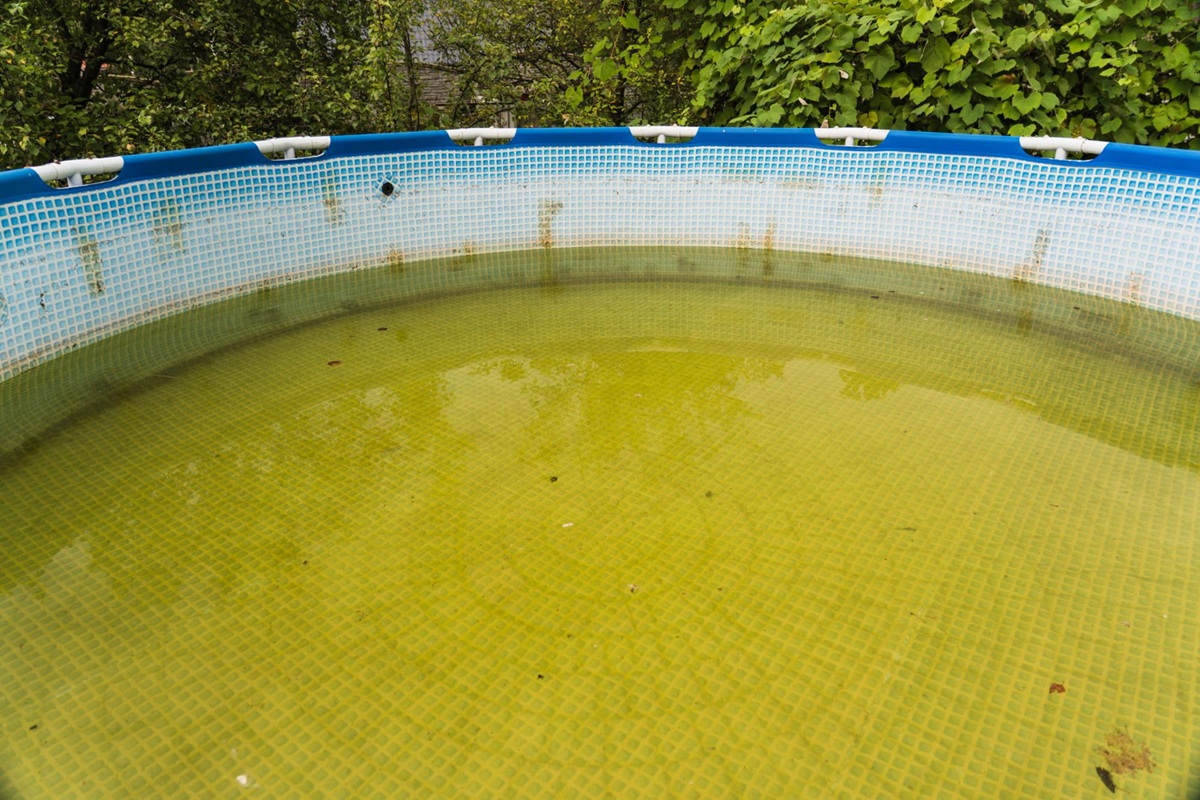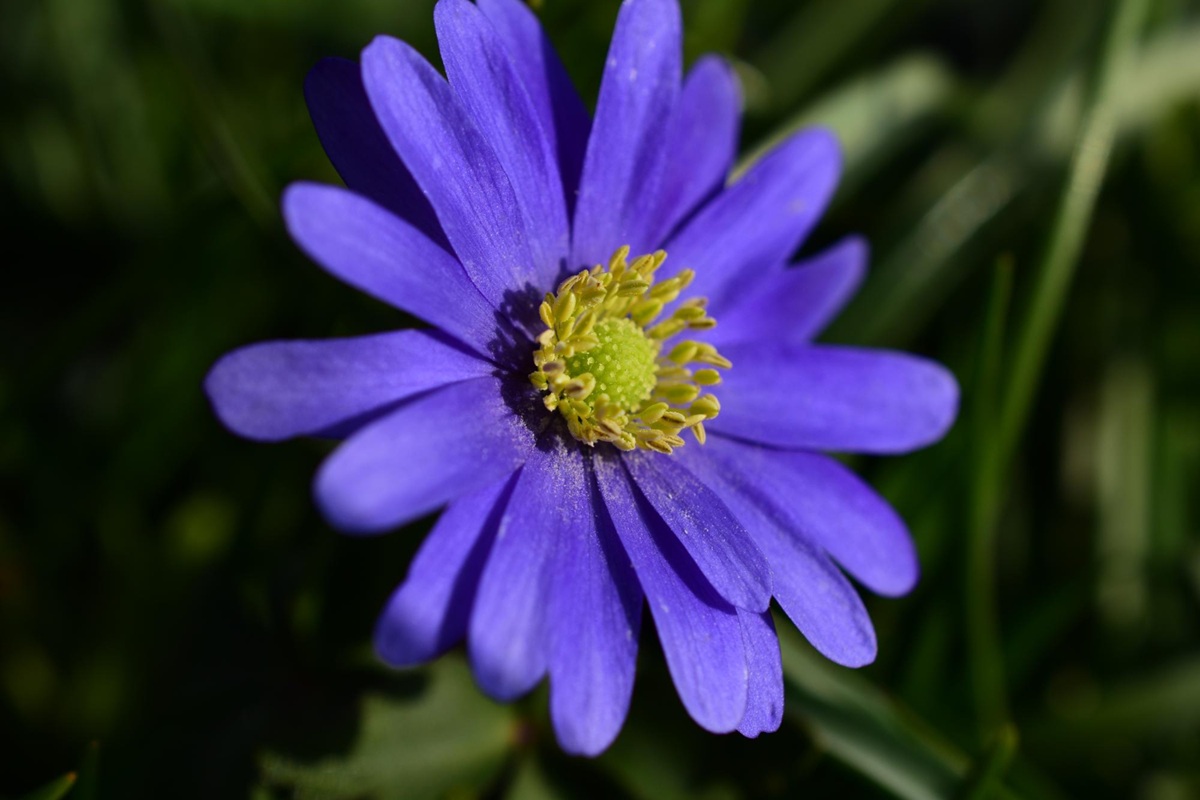Every year, you dream of enjoying juicy figs freshly picked from your garden, but your fig tree isn’t cooperating. Small harvests, tiny fruits, and often a real disappointment despite all your efforts… What if the secret to a generous harvest lies precisely in the branch you need to cut?
Indeed, according to many professionals, improper pruning significantly hinders a fig tree’s production. Identifying the problematic branch and making the right cut can make all the difference. Here’s how to triple your fig harvest through strategic pruning!
Why your fig tree produces little
Several reasons explain why your fig tree struggles to bear fruit properly.
- First, the age of the tree plays a significant role: a young fig tree under three years old focuses all its energy on growth. In contrast, a mature tree should provide a generous harvest.
- The weather also weighs heavily on the balance. Cold in spring or excessive humidity during the early flowering weeks can severely limit fig formation.
- Finally, the quality of your soil is crucial. A fig tree thrives in well-drained, nutrient-rich, sunny soil. Wet or nutrient-poor ground stunts production !
The branch to remove first on your fig tree
Did you know that your fig tree likely has one or more branches that waste its energy without providing real benefits? These are known as “greedy branches” or wood branches, and it’s best to identify and cut them to redirect your tree’s resources toward fruiting.
These greedy branches can be easily spotted:
- They grow vigorously upward, in a very vertical manner.
- Their bark appears smoother than that of other branches.
- They have large leaves but produce very few fruits, or none at all.
One greedy branch can absorb up to 40% of your fig tree’s resources without ever bearing fruit. Cut it away to redirect this precious energy to branches that actually produce.
Pruning your fig tree: the ideal time and steps
So, when should you make this beneficial cut for your fig tree? You have two ideal time frames during the year:
- As spring approaches (February-March), while the tree is still dormant, to prepare for new growth.
- Or just after harvest, around late September or early October, to encourage quick healing before the cold sets in.
Here’s how to prune effectively:
Start by identifying the main greedy branch, the one that consumes the most unnecessary energy.
Using a sharp and clean pruning shear, cut it at the level of the supporting branch, cleanly and precisely. For a significant cut, remember to apply healing paste to protect against potential infections.
Common mistakes when pruning a fig tree
Avoid the following mistakes at all costs:
- Never cut all the greedy branches at once; instead, opt for gradual pruning over several seasons.
- Always preserve the horizontal branches: they typically bear a lot of fruit.
- Always remember to disinfect your tools (diluted bleach or rubbing alcohol) before each cut to prevent diseases.
Better harvest: more figs and more flavor
The benefits of proper pruning become evident as early as the following season: figs become more numerous, larger, and significantly sweeter! In fact, intelligent pruning improves air circulation, thereby reducing the risk of diseases.
Recent tests have shown that selective pruning can increase the sugar content of figs by nearly 15%. Some gardeners even claim their production tripled after just a few years.
Ideal care after pruning your fig tree
After carrying out this beneficial pruning, support your fig tree for optimal growth:
In the following months, apply a nutrient-rich mulch at the base of the tree to retain moisture and strengthen its root system.
A top dressing of well-matured compost in spring will provide the necessary nutrients while limiting the excessive growth of branches.
Simple gestures for generous harvests
You now understand that this small vertical greedy branch is literally stealing your fig harvest!
By applying these tailored pruning and care tips, your fig tree will finally thrive and will quickly reward you with a bountiful and tastier fruit yield.
So, what are you waiting for to bring a smile back to your tree? Grab your pruning shears and treat your taste buds!
Have you noticed an improvement in your fig tree’s production after specific pruning? Did you encounter any difficulties while pruning your tree? Share your experience or ask your questions! We look forward to your feedback in the comments below, we value your opinion!










